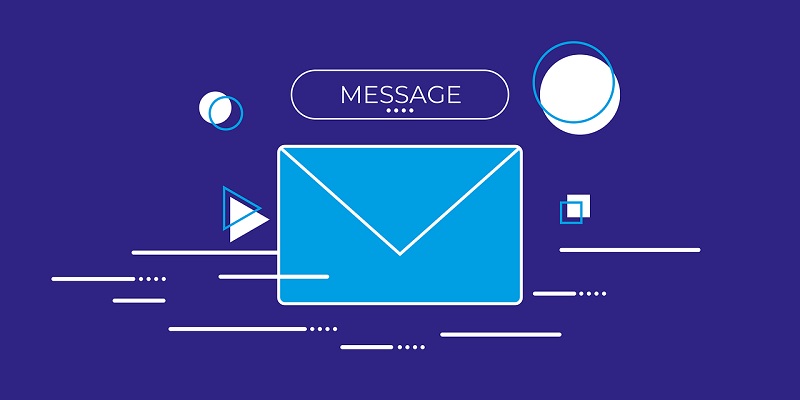Segmenting your contact list is well worth the time and effort. By dividing your subscribers into smaller, more targeted groups, you can create personalized marketing campaigns that speak directly to each customer, addressing their interests and concerns.
Benefits of personalized marketing campaigns
The most successful marketing campaigns are those that resonate with customers on a personal level. When you tailor your content to their specific needs and preferences, you can significantly increase engagement, conversion rates, and customer loyalty.
Creating tailored content
Utilizing contact tags and segmented lists allows you to create more tailored content that resonates with your audience. By understanding their preferences, behaviours, and demographics, you can craft emails that are more relevant and engaging.
Improving customer experience
Segmentation not only benefits you as a marketer but also enhances the customer experience. When subscribers receive content that is highly targeted and valuable to them, they are more likely to feel appreciated and understood, leading to stronger relationships with your brand.
Speaking directly to customers’ interests and concerns
Email marketing is most effective when the content speaks directly to who the customer is and their expressed interests and concerns. By segmenting your email lists, you can send targeted messages that address specific pain points, offer relevant solutions, and highlight products or services that are genuinely interesting to each recipient.
Boosting open rates, click-through rates, and conversion rates
Segmenting email lists can offer more personalized content, which in turn leads to improved open rates, click-through rates, and overall conversion rates. When subscribers receive emails that align with their unique needs and preferences, they are more likely to engage with your message and take the desired action.
Shorter contact lists
Your deliverability will also improve because the segmented contact lists are inevitably shorter. By sending targeted emails to a smaller group of subscribers, you can reduce the chances of your messages being marked as spam or ignored, ultimately ensuring better email deliverability.
Better email deliverability
When your emails land in the right inbox and avoid spam filters, you significantly increase the chances of your subscribers receiving and engaging with your content. This, in turn, improves your overall email marketing success.
Using tags to segment email lists
Using tags is one of the easiest and most effective methods to segment email lists. By assigning relevant tags to your subscribers based on their preferences, behaviours, or interactions with your brand, you can easily categorize them and send targeted messages.
Categorizing subscribers based on interests
Another effective method of segmentation is categorizing your subscribers based on their interests. By understanding their preferences, you can send targeted content that aligns with their specific hobbies, industries, or areas of expertise, creating a more personalized and meaningful email experience.
Demographics
Segmenting email lists based on demographic factors such as age, gender, income, or occupation can help you tailor your email marketing efforts to each group’s unique characteristics and needs. This level of personalization can significantly improve engagement and conversion rates.
Interests
Segmenting based on interests is critical for delivering highly relevant content. By analyzing your subscribers’ past interactions, browsing behaviour, or purchase history, you can identify their specific interests and preferences, allowing you to craft emails that resonate with them on a deeper level.
Geographic area
Segmenting based on geographic area allows you to customize your email campaigns according to region-specific promotions, events, or localized content. This localized approach can help you connect with subscribers in a more meaningful way, increasing their engagement and the likelihood of conversion.
Spending patterns
Analyzing your subscribers’ spending patterns can offer valuable insights into their purchasing habits. By segmenting based on spending behaviour, you can tailor your email content to provide personalized recommendations, exclusive offers, or loyalty rewards, fostering stronger customer relationships.
Conversion funnel position
Segmenting your list based on the subscribers’ position within the conversion funnel allows you to deliver targeted content that matches their level of engagement. By sending nurture campaigns to those at the top of the funnel and more targeted, conversion-focused emails to those further down, you can guide subscribers along their customer journey more effectively.
The importance of selecting a provider that supports segmented email lists
To effectively implement segmentation strategies, it’s crucial to choose an email service provider that allows you to use and create segmented email lists. Look for providers that offer robust segmentation features, easy tag management, and data-driven insights to maximize your email marketing efforts.
Segmenting your contact list is a valuable strategy that brings numerous benefits to your email marketing campaigns. By personalizing your content, addressing specific interests, and catering to individual needs, you can enhance the customer experience and achieve higher engagement and conversion rates.

